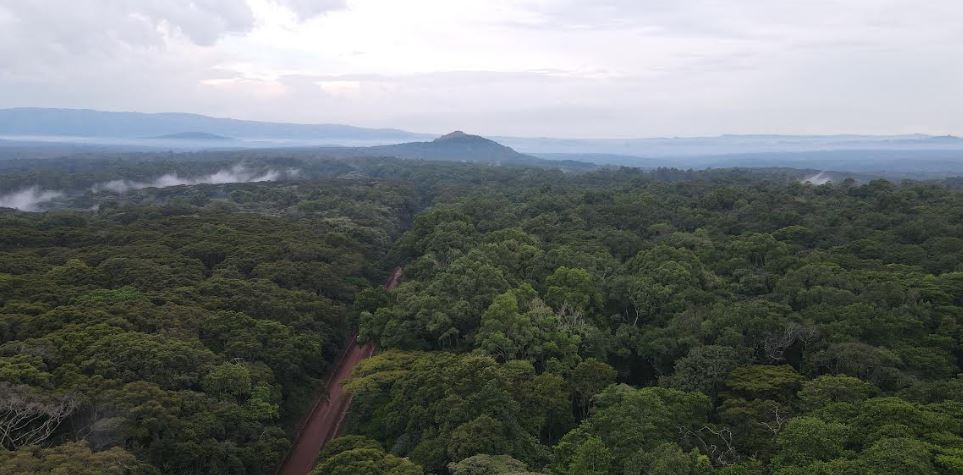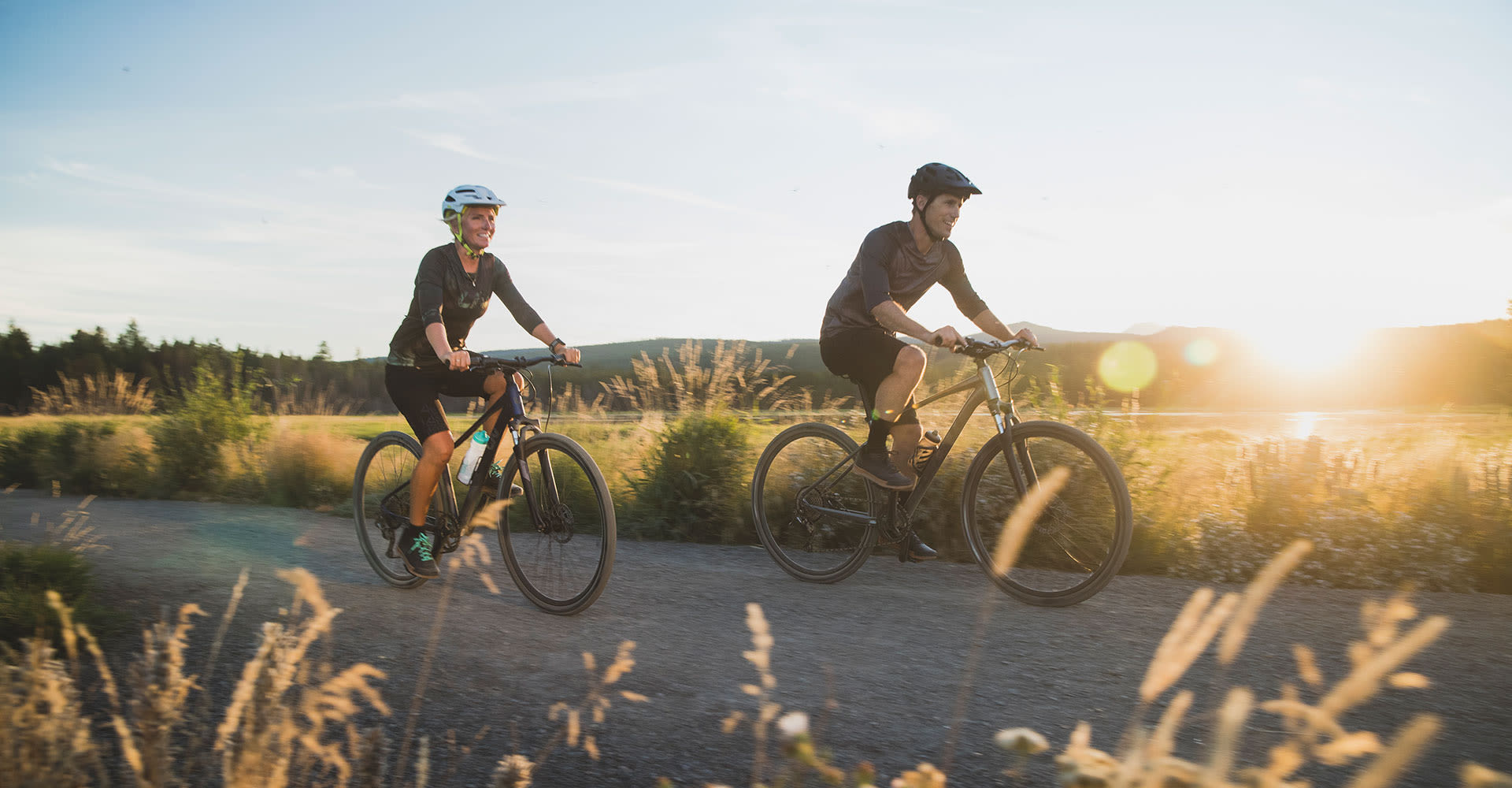- “It’s not just about trees,” he says. “It’s about healing the land, the people, and our future.”
- Reforestation, particularly using native species, is now seen not just as a moral imperative but as a climate mitigation strategy.
The Southern Mau Forest bloc, part of the greater Mau ecosystem, has long been the lifeline for both biodiversity and livelihoods across Kuresoi and neighboring regions. Rivers such as Mara and Sondu rise from this rich canopy, serving millions downstream.
Yet, over the years, the forest has been under siege from human encroachment, illegal logging, and changing climatic patterns. But amid the decline, hope is sprouting.
Led by Sammy Rono, the Mau Roots Indigenous Conservancy Group has taken an ambitious stand to restore the forest, one indigenous tree at a time.
Nestled at the forest’s edge in Kuresoi South, the group has been propagating hundreds of thousands of native tree species, including podocarpus, cedar, and olive, which once flourished freely in the Mau.
“Our goal is not just to plant trees, but to bring back the forest as it was. We believe that restoring indigenous trees will help the ecosystem recover faster, provide better water retention, and support wildlife that had been driven out,” says Sammy.
Read More

The group, composed of local youth, elders, and women’s cooperatives, has become a beacon of grassroots-led conservation.
Their work includes community sensitization, seedling production, and collaborating with forest rangers to identify degraded forest areas for reforestation.
The efforts of Mau Roots Indigenous Conservancy (MRIC) Group are echoed by the Kenya Forest Service (KFS), which has significantly stepped up patrols, community outreach, and reforestation campaigns across the Mau complex.
KFS officers, often seen patrolling forest boundaries and engaging locals in awareness campaigns, say partnerships with community-based groups are essential to achieving lasting impact.
“We cannot do it alone,” remarks Kiprono Soi, (Kusumek- Monges forest ) KFS in-charge. “The forest belongs to all of us, and it’s encouraging to see groups like Mau Roots taking such a proactive approach. Together, we are making gains in reclaiming lost canopy and instilling conservation values in the community.”
Through Public Participation Forest Management (PFM) programs, KFS has also brought on board Community Forest Associations (CFAs) that help monitor illegal activities, provide feedback, and participate in benefit-sharing frameworks from forest resources.
For residents of Kuresoi South and surrounding areas, the forest is more than just trees, it is a source of water, firewood, herbal medicine, and even cultural identity. However, many also depend on the land for farming and grazing, putting pressure on natural resources.
To bridge the gap between conservation and livelihoods, initiatives in their settlement have emerged to promote agroforestry, bee-keeping, and eco-tourism, allowing communities to earn income without degrading forest land.
“Before, people thought conservation meant taking away their land,” says Naomy chebet, a local farmer turned tree nursery operator. “Now they see it as a way to protect their future.”
Programs encouraging the planting of indigenous trees on farms and along riverbanks have gained momentum, supported by organizations such as UNDP, WWF, and Rhino Ark, among others.
Such interventions provide both ecological and economic benefits, reinforcing the link between a healthy forest and resilient livelihoods.
Southern Mau’s importance has grown even more critical as climate change continues to affect rainfall patterns, agricultural yields, and river flows.
Studies show a direct correlation between deforestation in the Mau complex and reduced water availability in areas far downstream, including the Maasai Mara and Lake Victoria basin.
Reforestation, particularly using native species, is now seen not just as a moral imperative but as a climate mitigation strategy.
By enhancing carbon capture, protecting water catchments, and stabilizing microclimate, restored forests can help buffer the impacts of climate change.
Back at the nursery, as a gentle breeze rustles the seedlings, Sammy Rono inspects a row of vibrant seedlings ready for planting.
His dream is to see the forest regenerated to its former glory, a place where wildlife, rivers, and people coexist harmoniously.
“It’s not just about trees,” he says. “It’s about healing the land, the people, and our future.”
The story of Southern Mau is still being written. And thanks to committed actors like the Kenya Forest Service, local communities, and dedicated groups like Mau Roots Indigenous Conservancy, the forest has a fighting chance, rooted in indigenous wisdom, strengthened by collaboration, and nourished by hope.
Moi Mona is a journalist based in Nakuru County, passionate about climate justice, community stories, and environmental conservation.




-1749035918.jpg)

